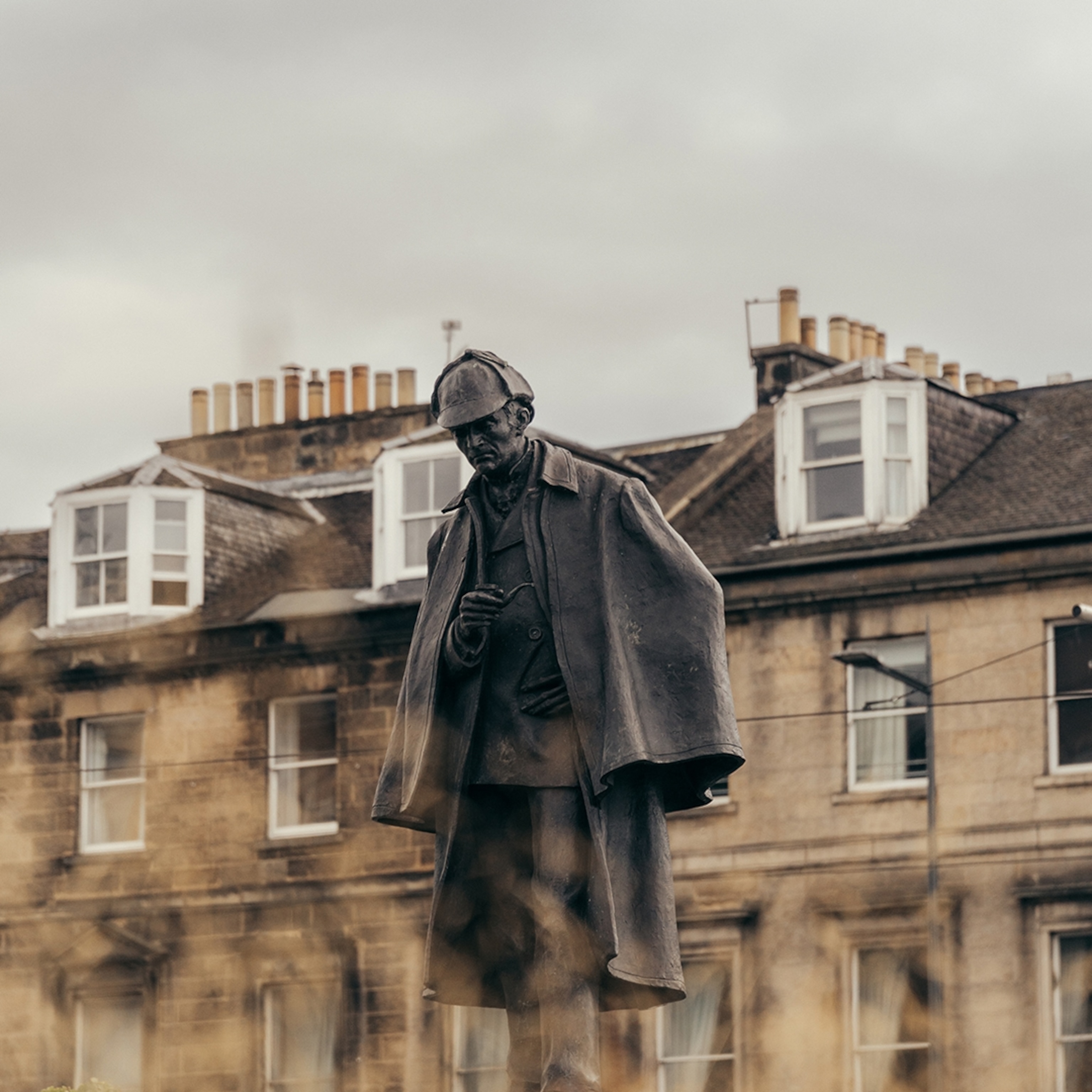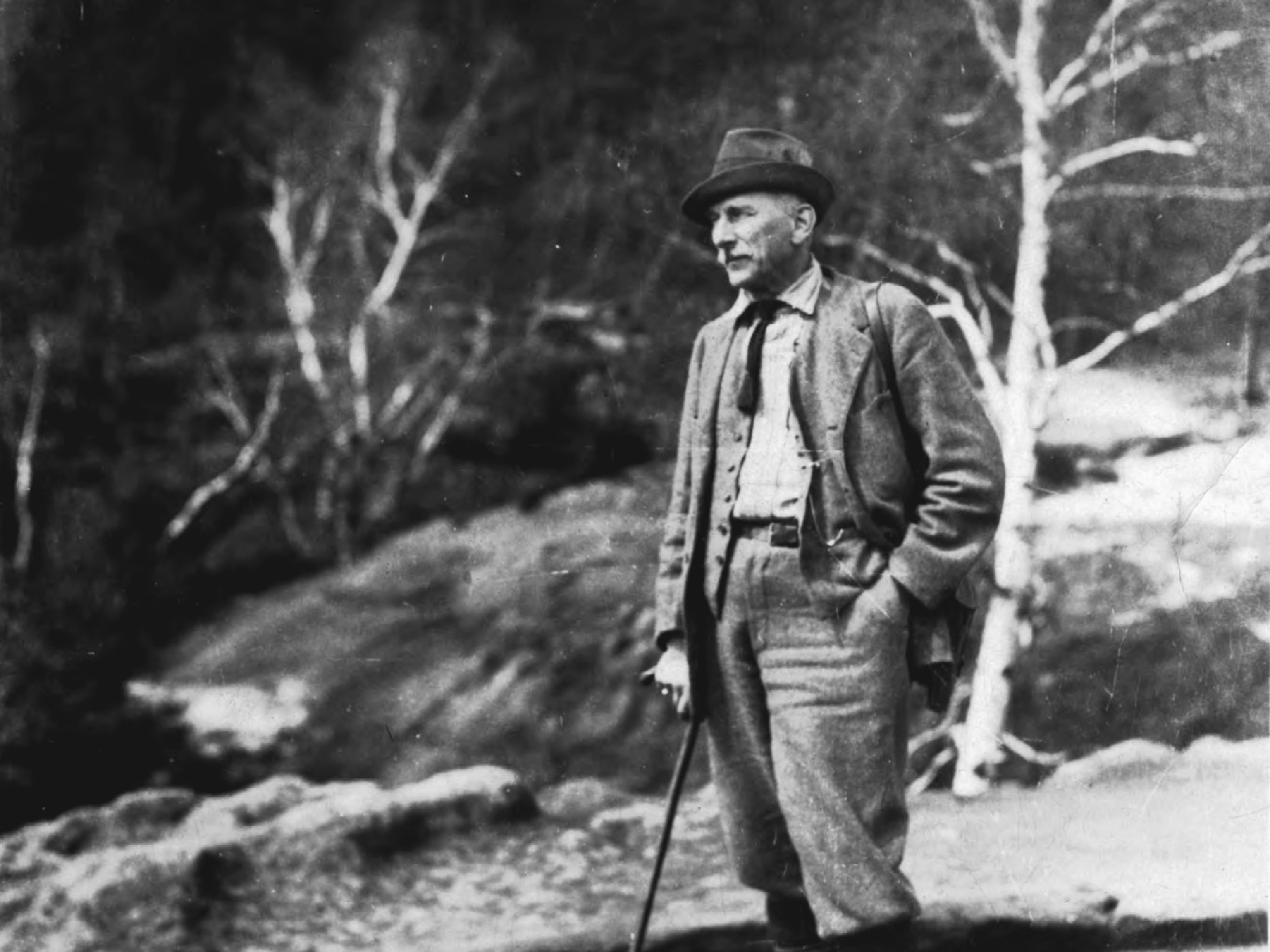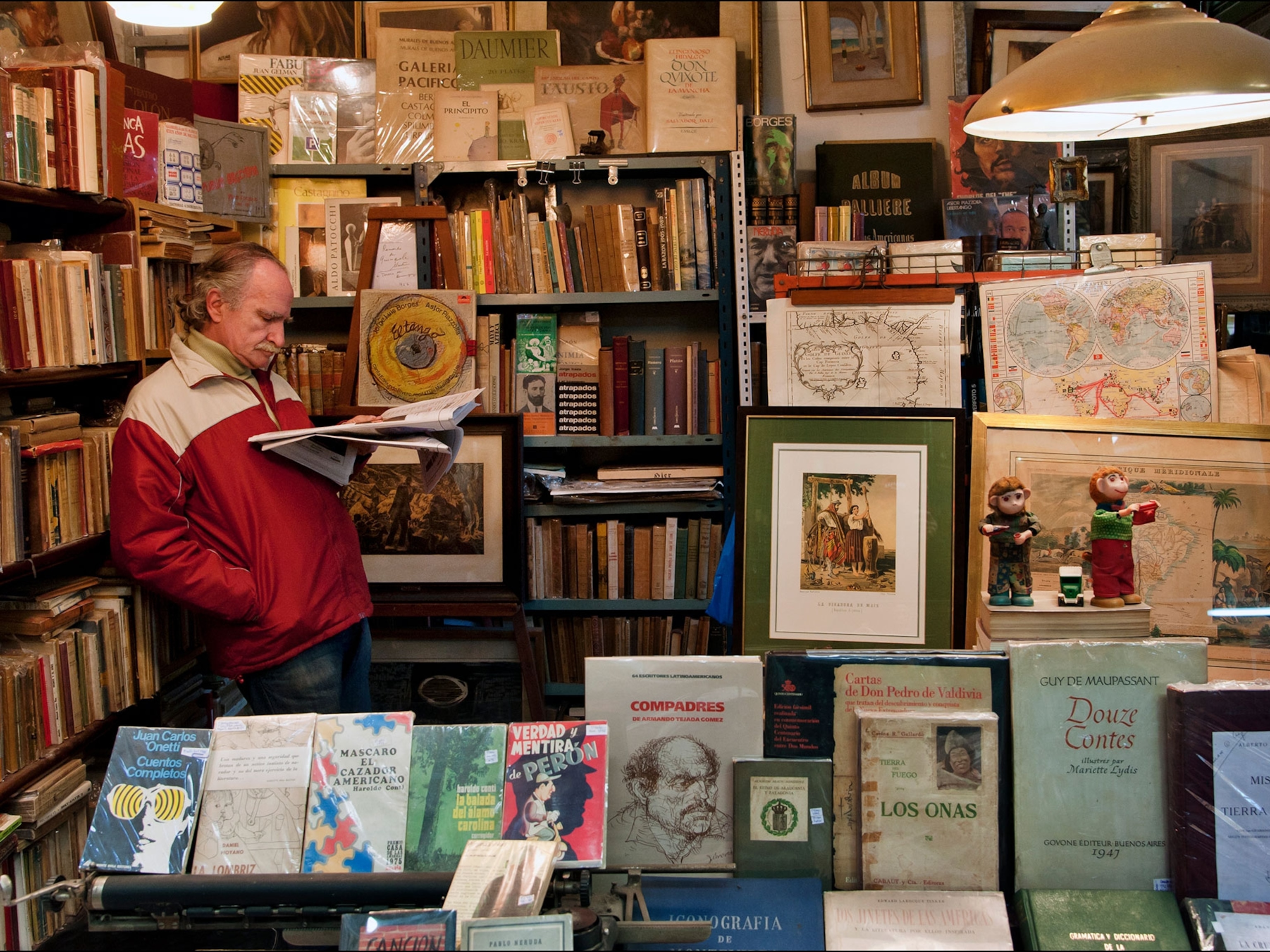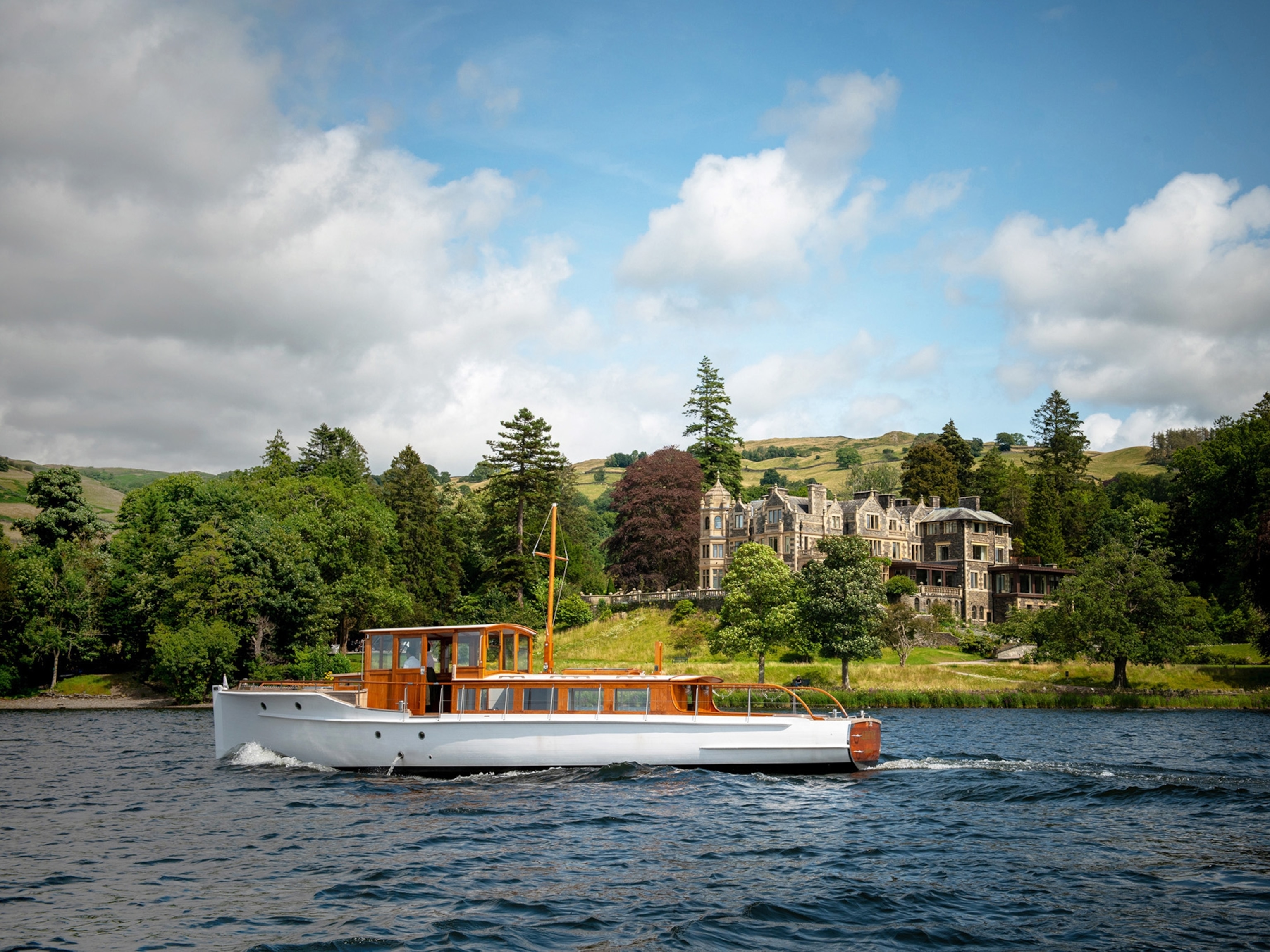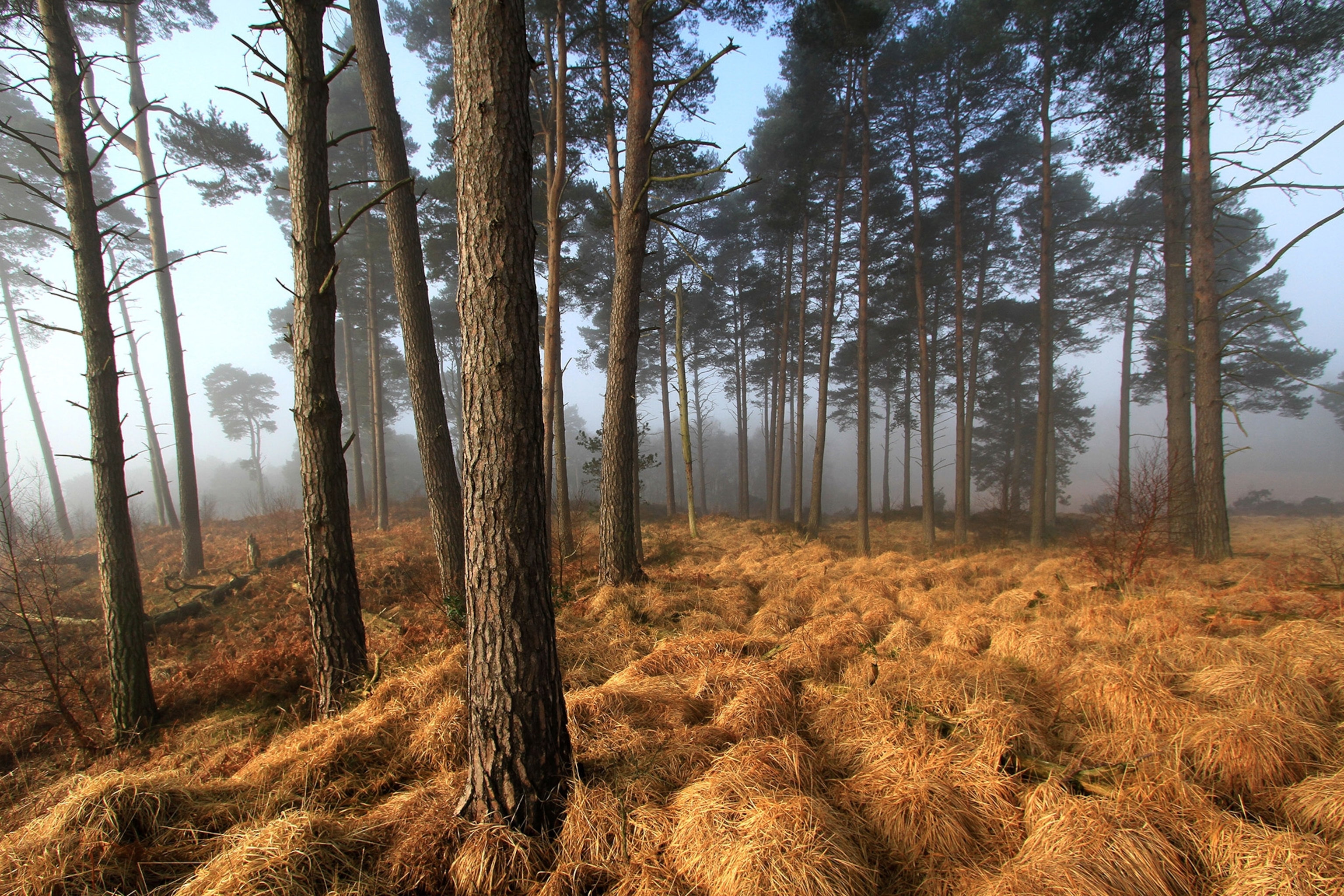
Visit the real-life forests that inspired these famous books
From Mirkwood to the Forbidden Forest, these eight literary woods were inspired by places you can explore yourself.
Poets, novelists, and playwrights around the world have long been fueled by forests. Quite simply, walking helps us think. In “When I Am Among the Trees,” poet Mary Oliver writes that the trees call out to her, “Stay awhile…It’s simple…you too have come into the world to do this, to go easy, to be filled with light.”
Trace the footsteps of world-famous wordsmiths in these eight wondrous woods around the world you can visit yourself.
Ashdown Forest, Sussex, England (Winnie-the-Pooh, A. A. Milne)
Winnie-the-Pooh’s friendly Hundred Acre Wood was inspired by the 6,500-acre wood that A. A. Milne, his wife, and his son, Christopher Robin, explored every summer. While you won’t spot any silly old bears, Ashdown is home to purple orchids, foxes, rabbits, badgers, sika deer, turtle doves, and woodcocks.
Think, think, think under chestnut and silver birch trees. Visit the lone pine where Pooh’s crew tried to catch a Heffalump. Try out nature journaling or nest-identifying. Or take a Winnie-the-Pooh–themed walk to Roo’s Sandy Pit.
Mount Kenya National Park and Forest Reserve (The Lorax, Dr. Seuss)
Dr. Seuss expert Philip Nel considers The Lorax one of the author’s most famous children’s books: “He’s really throwing it out there, saying, ‘Act! Take care of the planet!’” Distraught over eucalpytus deforestation around his California home, Seuss (real name Theodor Geisel) struggled with first drafts. In late 1970, he and his wife traveled to the Mount Kenya Safari Club where the Laikipia plateau’s whistling thorn acacia trees and patas monkeys finally inspired Seuss to scribble his story in a single afternoon on the back of a hotel laundry list.
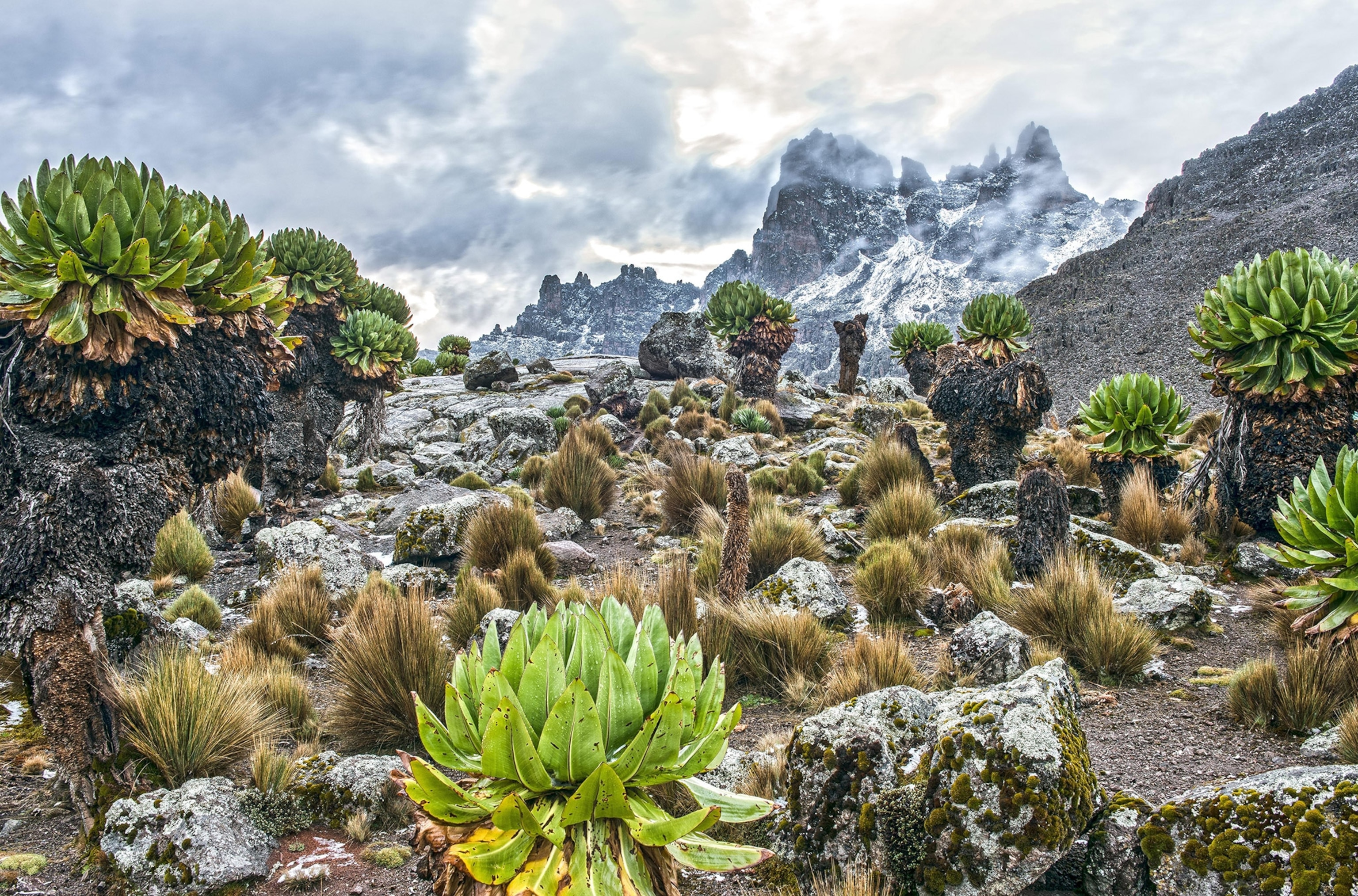
Moseley Bog, Birmingham, U.K. (The Lord of the Rings, J. R. R. Tolkein)
The Lord of the Rings may have been filmed in New Zealand, but the hobbits’ forests were first dreamed up two hours northwest of London in Moseley Bog, Tolkien’s childhood stomping ground.
The 27-acre, marshy woodland is particularly delightful in spring when bluebells paint the forest floor between rare fen vegetation, 3,000-year-old burnt mounds, and abandoned Victorian gardens. Tread quietly and you may just hear the trees “whispering to each other, passing news and plots along in an unintelligible language.”
Beech Forest Trail, Provincetown, Massachusetts (Devotions, Mary Oliver)
Keen nature-observer and beloved poet Mary Oliver hid pencils in the crooks of trees throughout Cape Cod’s one-mile Beech Forest Trail just in case she thought up a line mid-walk.
Described by park historian Bill Burke as “a little pocket of forest wilds amidst pure wind-driven dunes,” these shallow ponds, pitch pines, and beech groves are a haven for yellow warblers and birders alike during late April’s spring migration. Meander down Great Pond’s boardwalk platform and you too may spot a snapping turtle nudging “the slippery stems of the lilies.”
Carvins Cove Natural Reserve, Roanoke, Virginia (Pilgrim at Tinker Creek, Annie Dillard)
In her nonfiction theological narrative Pilgrim at Tinker Creek, Annie Dillard contemplates giant frog-eating waterbugs, sycamore log bridges, muskrats, and loblolly pines as she explores Tinker Creek in Virginia’s Blue Ridge Mountains.
Hike, bike, or horseback ride Roanoke’s Tinker Creek Greenway from the trailhead at Dillard’s alma mater, Hollins University, to Carvins Cove, an 11,363-acre nature reserve. Volunteer for Clean Valley Council’s annual spring cleanup to keep the forest tidy for resident turtles and salamanders.
Pench National Park, Madhya Pradesh, India (The Jungle Book, Rudyard Kipling)
Born in Bombay (now Mumbai), author Joseph Rudyard Kipling was raised in India until the age of six, then returned as a journalist from 1882 to 1889. Five years later he penned The Jungle Book for his daughter Josephine.
Spot Baloo and Shere Khan beneath the Indian frankincense and “ghost trees” of Pench National Park, the central Indian tiger reserve that inspired Kipling’s famous story collection. Best visited October through April, Pench shelters big cats, antelopes, and over 210 bird species.
Walsingham Nature Reserve, Bermuda (Thomas Moore’s Poetical Works and William Shakespeare’s Tempest)
Eco-tour guide Lynn Thorne says hiking through Walsingham Tract’s native cedars is “like stepping back in time to pre-colonial days.” Nicknamed “Tom Moore’s Jungle” for the 19th-century Irish poet who wrote beneath the calabashes, Walsingham is an untouched 12-acre woodland where cedars and maidenhair fern flourish untended. Bermuda’s shores, as described in poet William Strachey’s first-hand account of a 1609 shipwreck, might have also inspired William Shakespeare to pen The Tempest.
Forage for prickly pear and loquats with herbalist Doreen Williams James. Spot parrot fish in Moore’s favorite sinkhole. Then finish with fish chowder at Bermuda's oldest restaurant.
Forest of Dean, U.K. (the Harry Potter series, J. K. Rowling)
The oak, beech, and ash trees of western Gloucestershire’s Forest of Dean have fueled the work of many tree-loving writers, including Tolkien—and J. K. Rowling, whose family still lives in the area. Parts of the forest were also used when filming Harry Potter.
Unlike Hogwarts’ Forbidden Forest, this wood isn’t off-limits. Wander through ancient woodlands, once-royal hunting grounds, peregrine falcon nesting sites, rhododendron trails, and Roman ruins. Just watch out for roaming wild boar.
- National Geographic Expeditions
